West Hollywood’s Pacific Design Center designed by Cesar Pelli. This is a three-building project that took four decades to complete, was finally brought to a conclusion last month with the unveiling of the third and last of the complex’s geometric structures.
The Pacific Design Center ’s dramatically angular red building joins the existing blue and green glass buildings, all designed by Cesar Pelli, in finally bringing closure to a massive project, begun in 1971, and comprised of more than a million square feet of showroom and office space intended for the city’s design community.
West Hollywood’s Pacific Design Center
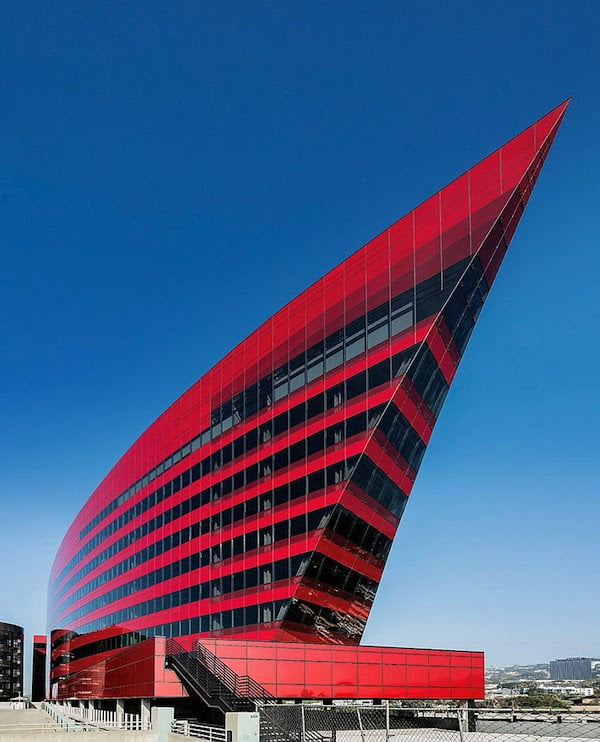
Comprised of two separate volumes, Pelli’s enormously photogenic red building derives its striking ruby color from specially treated glass cladding, a material made more palatable, thanks to more advanced, non-toxic processes.
Accorded LEED Silver status, the pacific design center ’s red building is, it turns out, quite green. “Now there are other ways to achieve red glass. It’s a fantastic color. I’m delighted,” says Pelli. As well he should be.
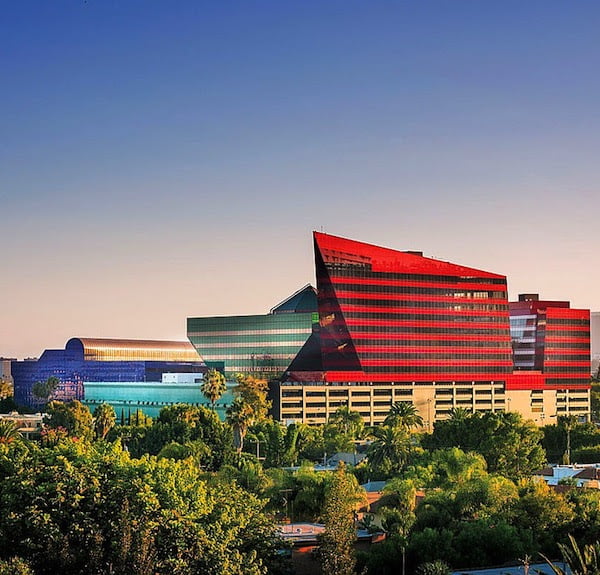
Los Angeles is urban sprawl with no center, right? Not really. The city is its neighborhoods, each with its own landmarks.
In West Hollywood, that landmark is the Pacific Design Center’s trio of colorful, glistening glass buildings rising on a 14-acre campus.
Pacific design center Architecture:
Cesar Pelli, who spent more than four decades on the Pacific Design Center ’s design and construction, takes the point even further, in fact: “As a gathering place, it created the environment for West Hollywood to happen.”
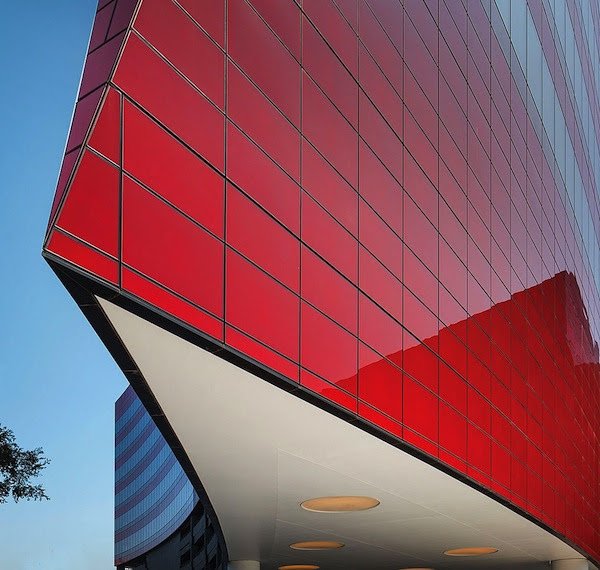
The time line, intertwined with economic vicissitudes, starts in 1971. Pelli, then at Gruen Associates, was commissioned to design the blue building as a showroom center.
Opening in 1975, it came to be affectionately known to everyone, near and far, as the Blue Whale, thanks to its “long horizontal extraction,” he says, and prodigious size—putting 750,000 loft like square feet at the design industry’s disposal.
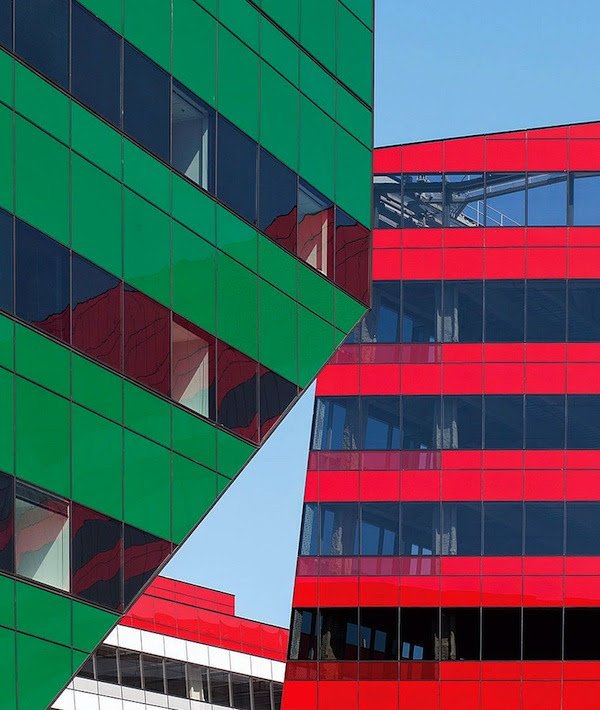
As for that blue? He went through a dozen shades before opting for the brightest fritted glass he could find. He also had to assuage the client consortium’s doubts. “First they asked for two models,” he says, “one in blue and one in beige.” Can you imagine?
Design theme of pacific design center:
The blue building was always meant as the first of a tripartite composition. Next came the green building, commissioned in the mid-’80’s.
Vertically oriented with chamfered edges, the nine-story structure is “like a pinwheel,” he notes. Opening day was in 1988—we all know the ensuing fiscal news.
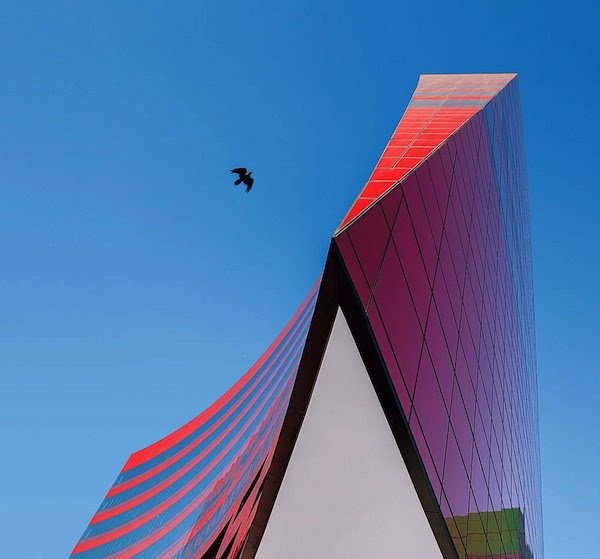
An all-showroom scheme no longer viable, the green building transitioned to a hybrid with 200,000 of the 450,000 square feet dedicated to Class A office space.
Fast-forward a decade. The Cohen Brothers Realty Corporation, a specialist in design centers, purchased the entire pacific design center for $157 million with the goal to push the complex forward.
To renovate public spaces in the blue and green buildings, Cohen Brothers owner, president, and CEO Charles S. Cohen chose Area Architecture after reading a New Yorker profile on principals Henry Goldston and Walt Thomas.
Then Cohen turned to Pelli Clarke Pelli Architects for the final piece of the puzzle, the red building.
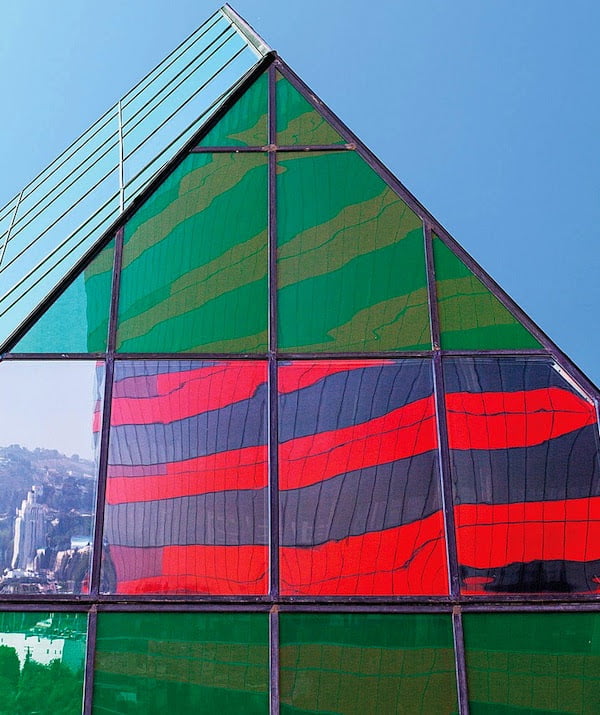
Of the three, it’s the most complex. It’s also a departure, 400,000 square feet conceived, from the outset, completely for office lease.
Set on top of a seven-story concrete parking podium, the red structure is actually two distinct sculptural shapes. “First we were thinking about a single semicircle,” Cohen says.
“But no one would rent a floor plate that long, so we split the building down the center.”
Architecture of pacific design center:
A motor court connects the resulting components, one a curve that comes to a sharp point, like the prow of a ship, and the other a skinny wedge. The curved wing, at eight stories, stands two stories taller than its counterpart.
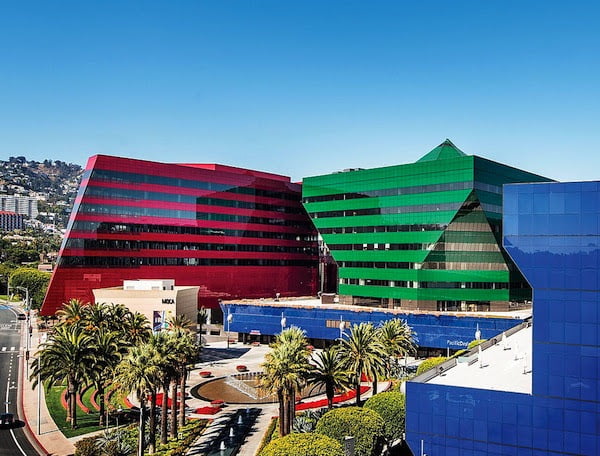
Ruby red, Pelli tells us, was the hardest of the three glass colors to produce. Traditionally, it was made with toxic lead. “Now there are other ways to achieve red glass. It’s a fantastic color.
I’m delighted,” he says. (As was the U.S. Green Building Council, which conferred LEED Silver certification.) And the blue-green-red palette overall? “They’re artistic choices,” he adds. “Nothing more profound.”
Cars parked, everyone proceeds to the central atrium, styled as a palm court. To either side, each wing has its own lobby by Area. Asked what Cohen likes, Thomas responds “a wide range of rich materials.” From Goldston: “He likes new things.
He doesn’t like to repeat.” One lobby has black marble flooring with inset rings of white; in the other, it’s white marble flooring with black rings.
Feature walls are pale olive-ash and rich walnut, respectively. Since Cohen is a patron of the arts, a light sculpture descends from the double-height ceiling in each lobby.
Floor plates range from 20,000 to 35,000 square feet except for the 16,000-square-foot ship’s prow at the top. This is Cohen’s domain.
Pacific design center:
It starts with a reception area expansive enough that a round desk in walnut and granite, structural columns wrapped in boxwood, and armchairs upholstered in deep red leather, all hefty items, barely interrupt the marble floor—two-tone again but with contrasting strips, not rings.
Beyond an oval glassed-in conference room, runs of workstations in exotic woods are punctuated by panels of crimson glass.
Cohen’s own office, at the very tip, offers a movie-worthy panorama from the Hollywood Hills to downtown L.A. That’s particularly appropriate, given that, aside from his family real-estate business, his personal labor of love is the Cohen Media Group.
Founded in 2008, it has produced and/or distributed such films as The Thief of Bagdad and Frozen River, nominated for two Academy Awards.
- Project Team: Katie Yee; Luis Ruiz: Area Architecture. Fred W. Clarke; Kristin Hawkins; Rustam Mehta: Pelli Clarke Pelli Architects.
- Gruen Associates: Architect Of Record. Joe Kaplan.
- Penumbra Architectural Illumination: Lighting Consultants.
- Thomas Balsley Associates: Landscaping Consultant.
- Helen Varola Advisory: Art Consultant.
- Englekirk Structural Engineers: Structural Engineer.
- TK1SC: Plumbing Engineer.
- Land Design Consultants: Civil Engineer.
- JB Marble: Stonework.
- Pulp Studio: Glasswork. Seeley
- Brothers: Woodwork.
- Jones & Jones: General Contractor.
Ref : pcparch, interiordesign, Images: Interior Design Magazine #pacific design center, #PDC, #Cesar Pelli
So, friends this is all about West Hollywood’s Pacific Design Center designed by Cesar Pelli, and if you have some thing in mind kindly share bellow.

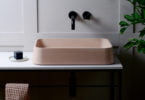
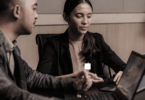
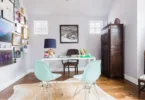


Leave a Comment
You must be logged in to post a comment.